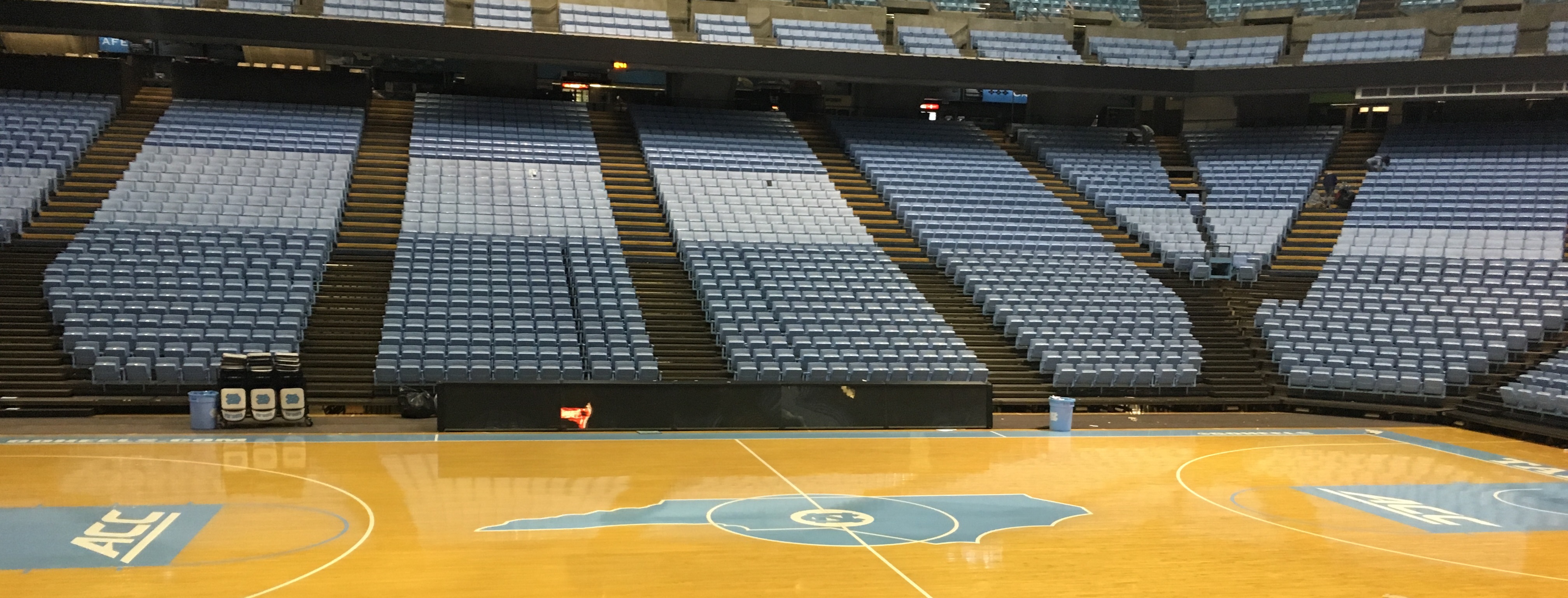Absolute power corrupts absolutely.
Humankind has known that to be true since at least 1770 when William Pitt uttered the first version of the phrase in a speech to Parliament. More recently, studies have shown how power alters the very chemistry of our brains. We can’t regulate our id as well as before, and power causes us to lose touch with the reality of consequences and the ability to empathize.
Power emboldens a man to ask the grown women whose paychecks he signs to turn around so he can see how their rear ends look on Friday jean days. Power strips away the impropriety of calling female employees into his office alone and asking if he can shave their legs himself. It steamrolls any thought of if she will feel violated when his hand brushes her breast during the “seatbelt maneuver,” or drifts too low during an unwanted back rub.
Power corrupted Carolina Panthers owner Jerry Richardson, who is guilty of those actions and more. Yesterday, his forced sale of the team became official and new owner David Tepper held his first introductory press conference. At the end, someone lobbed a question about the fate of the 13-foot statue of Richardson that was erected on his 80th birthday and looms outside the north gate.
“I’m contractually obligated to keep the statue as is,” Tepper replied.
NFL reporter Ian Rapoport later reported keeping the statue was a required clause for all bidders for the team. For an image-obsessed Richardson, it was non-negotiable. If he was being forced to sell the team he willed to the Carolinas, he was leaving with one final power trip.
Appearances mean everything to Richardson. He insists all his employees call him “Mr. Richardson” or simply “Mister.” (In the South, the plantation connotations of “Mister” are impossible to ignore.) After a short NFL career in the 1950s, he built his fortune starting from a single Hardee’s and ending with a restaurant empire. His force of will and personality then won the Carolinas a football team despite competition with larger markets. At one point, Richardson was one of the most powerful owners in the NFL. He’s a legend in the Carolinas.
Meanwhile, employees who showed signs of no longer tolerating his advances were hushed with payments in exchange for non-disclosure agreements.
“It was a power culture. You did what Mister said, when he said it,” says one former employee in Sports Illustrated’s expose. “He thinks he’s really great. You’re supposed to reinforce that… Even when he does things that make you feel like half a person, that you know are wrong.”
When news broke about Richardson’s misconduct, I was somewhat torn. Not about the punishments — if anything they were too light. What’s a $2.75 million fine to a man who was just “forced” to pocket a billion dollars? But the team has been an integral part of my life for a long time. I started following the Panthers in 2005 when I was 11 as Steve Smith and Jake Delhomme fell one game shy of the Super Bowl. When I left in 2008 for two years in South Africa, staying up late on Sundays to listen to Mick Mixon and Eugene Robinson call the game helped me feel like I was still connected to home.
I couldn’t reconcile the man who brought me my team, who did so much undeniable good in the community and who so visibly cared about more than winning football games with the perverted creep who harassed his female employees.
I’m not torn anymore. By insisting on keeping the statue out front of Bank of America Stadium, Richardson has made it quite clear which man he is.
It seems like in the era of #MeToo, we’re more than ever confronted with the question of legacy. How do we balance the scales of a person’s life? What must a person do to cancel out their misdeeds? What evil is unforgivable? The answer to those questions seems like it has changed and it’s not clear what it’s changed to.
What is clear is that the correct response on the part of Jerry Richardson would be to take the statue down out of contrition, humbly acknowledge the hurt his deed caused and seek to make right his wrongs. Instead, intoxicated by power and obsessed with his image, he’ll leave the idol to his greatness where it is, silently proclaiming his abuse of power until forces outside of his shrinking control — a storm of nature or a storm of justice — inevitably tear it down.
Nothing matters more to Jerry right now than his legacy, but he’s fighting a losing battle. The more he tries to control how he’s remembered, the more his true colors shine through. What was intended to stand as a testament to his greatest triumph now marks his Ozymandian fall. The statue might as well be nude, because the very fact of its existence is a stark testimonial to the true legacy of its subject and its creator. Instead of worshiping it — and him by extension — people will mock, jeer and deface the statue for as long as it stands before the gates of the stadium.
In the end, that’s the legacy Jerry deserves.

